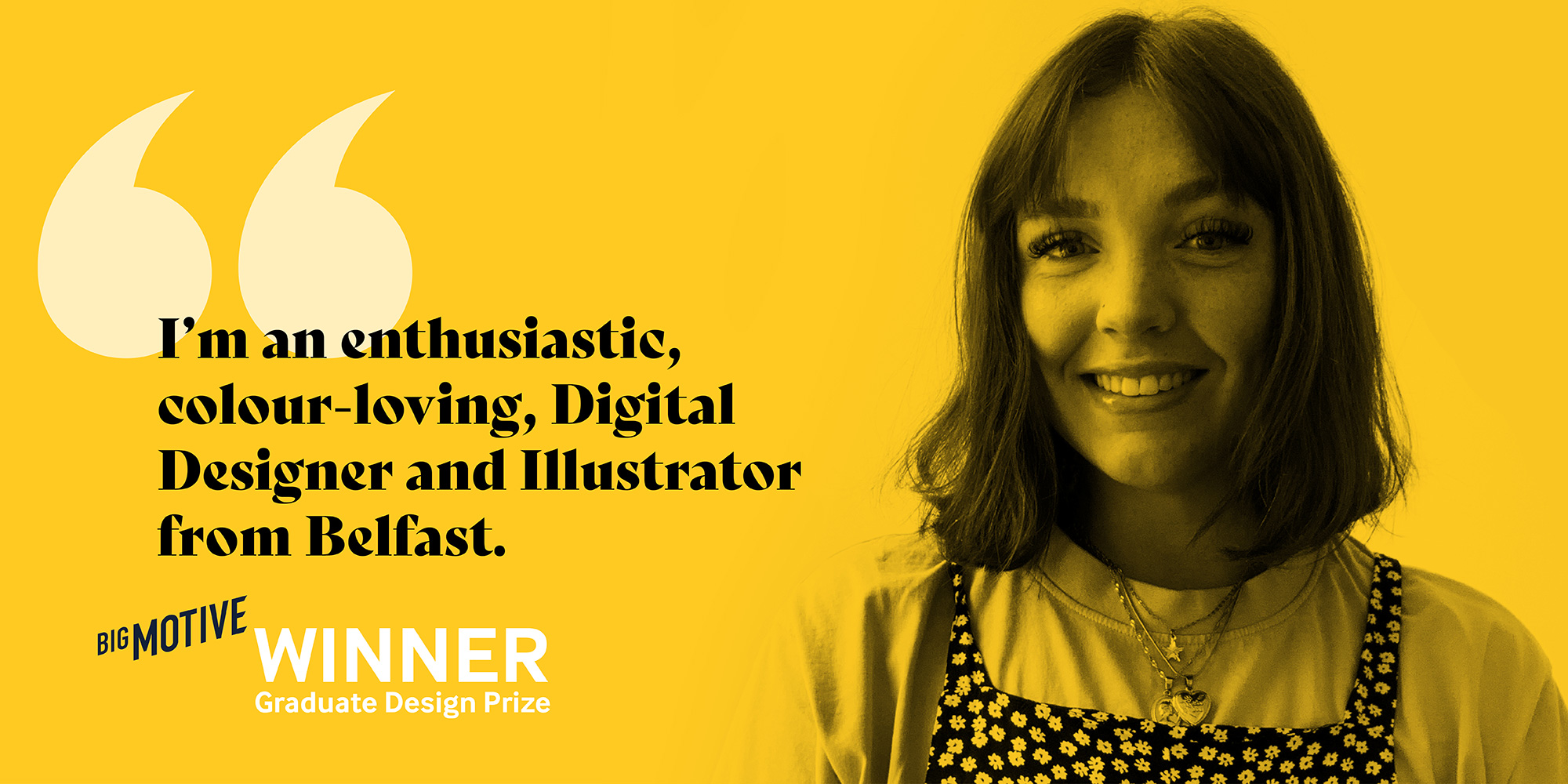

I’m an enthusiastic, colour-loving, Digital Designer and Illustrator from Belfast, currently living and working in London for W12 Studios as a Junior Product Designer.
When I’m not busy designing or jumping from doodle to doodle on Procreate, you’d often find me ticking another city off my bucket list (pre-pandemic, of course), upcycling some boring old furniture into something quirky, or binge-listening/watching anything true crime.

Schools are failing dyslexic children. If a student does get diagnosed with dyslexia, almost 12% responded that the school did not offer any kind of support, according to a report from Made by Dyslexia.
Syngo is an interactive and engaging learning app that would be available on phones and tablet devices. Syngo was created to help every dyslexic child reach their full potential, and to do so it uses game-based learning and gamification to help children gain phonological awareness skills and confidence.
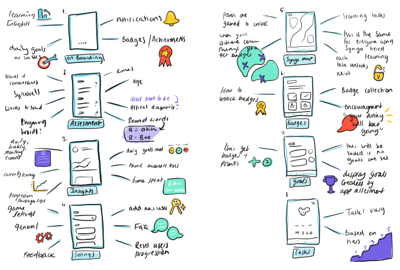

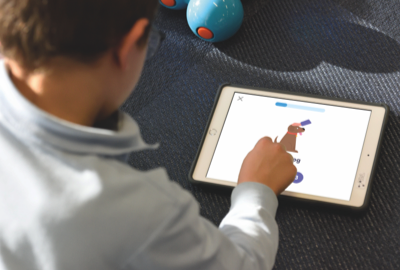
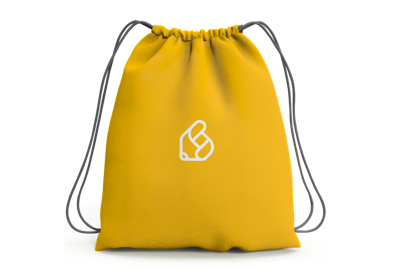
At the beginning of this project, I wasn't sure what problem I was trying to solve, but I was sure that I wanted to help people with dyslexia in some way. It wasn't until I began my user research when I recognised the problems many families were experiencing due to the lack of support and help for children with dyslexia. I began scanning through articles like "Schools are failing children with dyslexia" and browsing forums with desperate parents seeking advice on how to help their child.
I conducted competitor research, which allowed me to see what was already present in the market. Alongside this, I was able to gather ideas on what syngo was going to teach. I recognised during my research a lot of dyslexic apps were focused on reading or text-to-speech. I wanted to focus on the learning process and journey before reading, and that's when I decided that phonological skills were what the app would focus on teaching.
Once the bulk of the research was carried out, I had a clear idea of the users and features of the app. I used the Crazy Eights exercise to brainstorm and generate paper wireframes. Soon after, I created a low-fi prototype in Figma, so that I could begin testing with users.
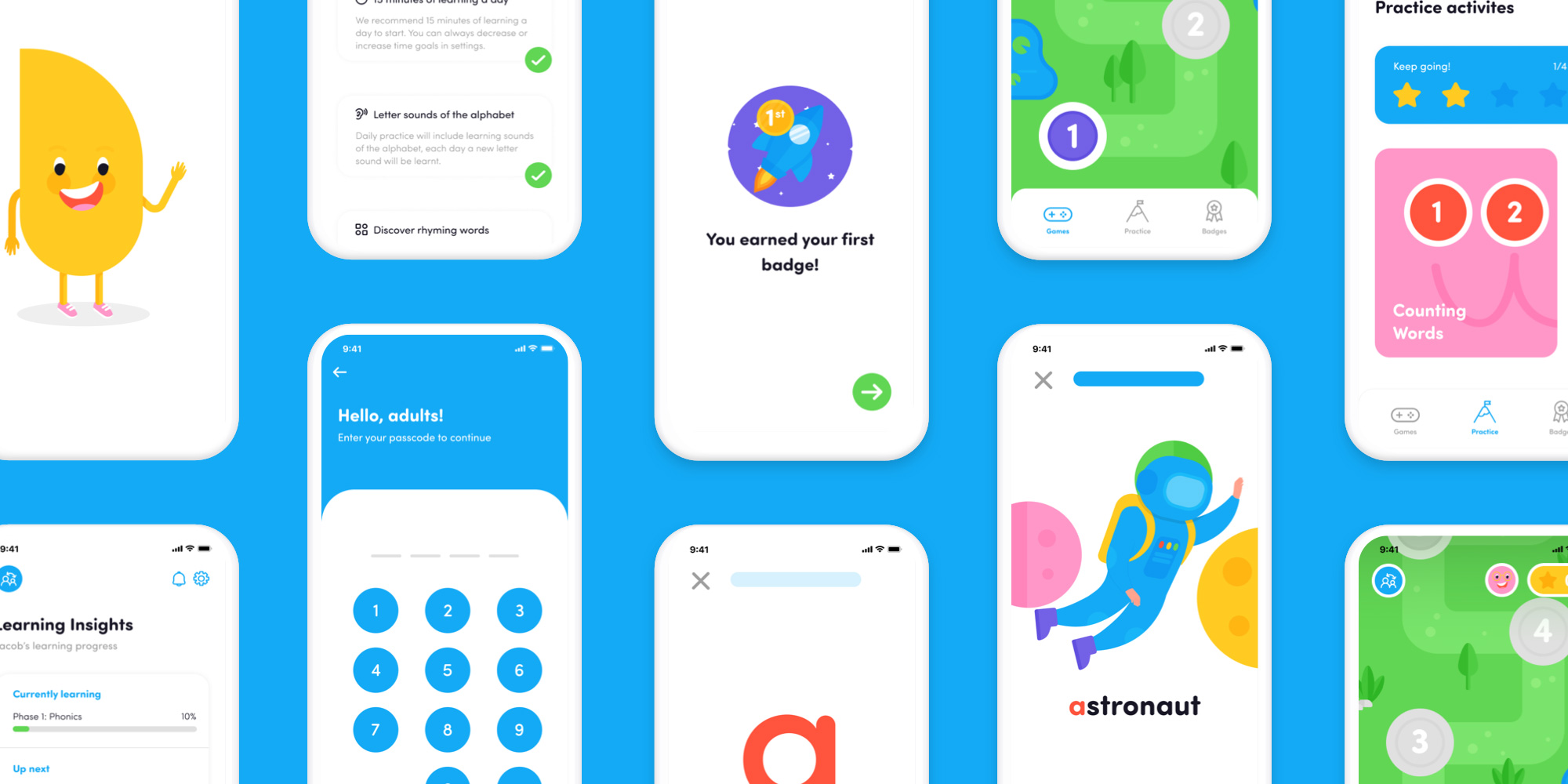
In summary, the journey of creating syngo has been both exciting and challenging. After various prototypes, usability testing sessions and feedback implementations, syngo is now a hi-fi prototype that can be used on Figma or view the video demo on Vimeo.
I hope one day to have the opportunity to work alongside people who share the same passion to make syngo a reality. It would give me great satisfaction and pride to offer struggling families and dyslexic children across the UK a helping hand because every dyslexic child deserves to reach their full potential.
For more information, check out www.syngo.co.uk.